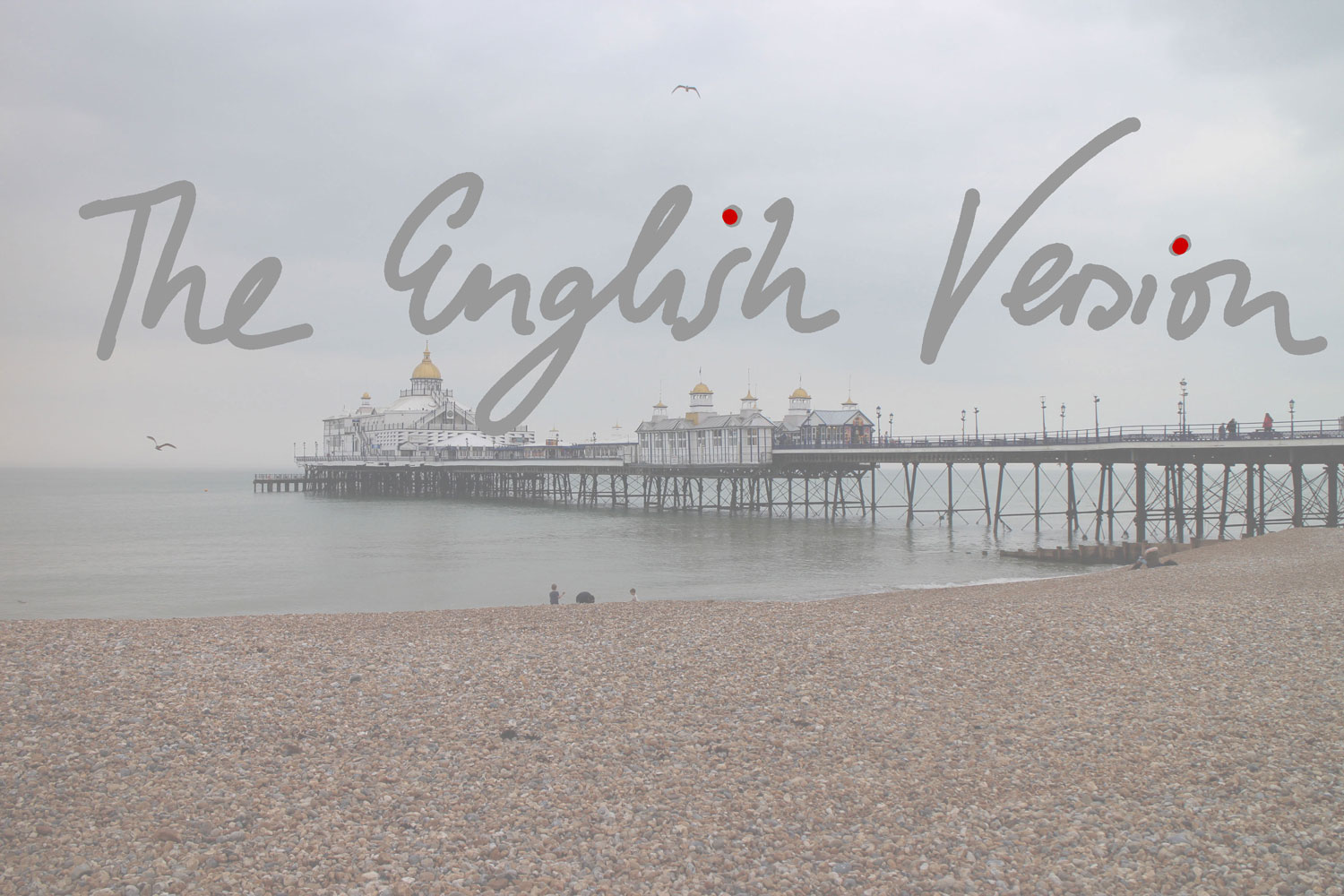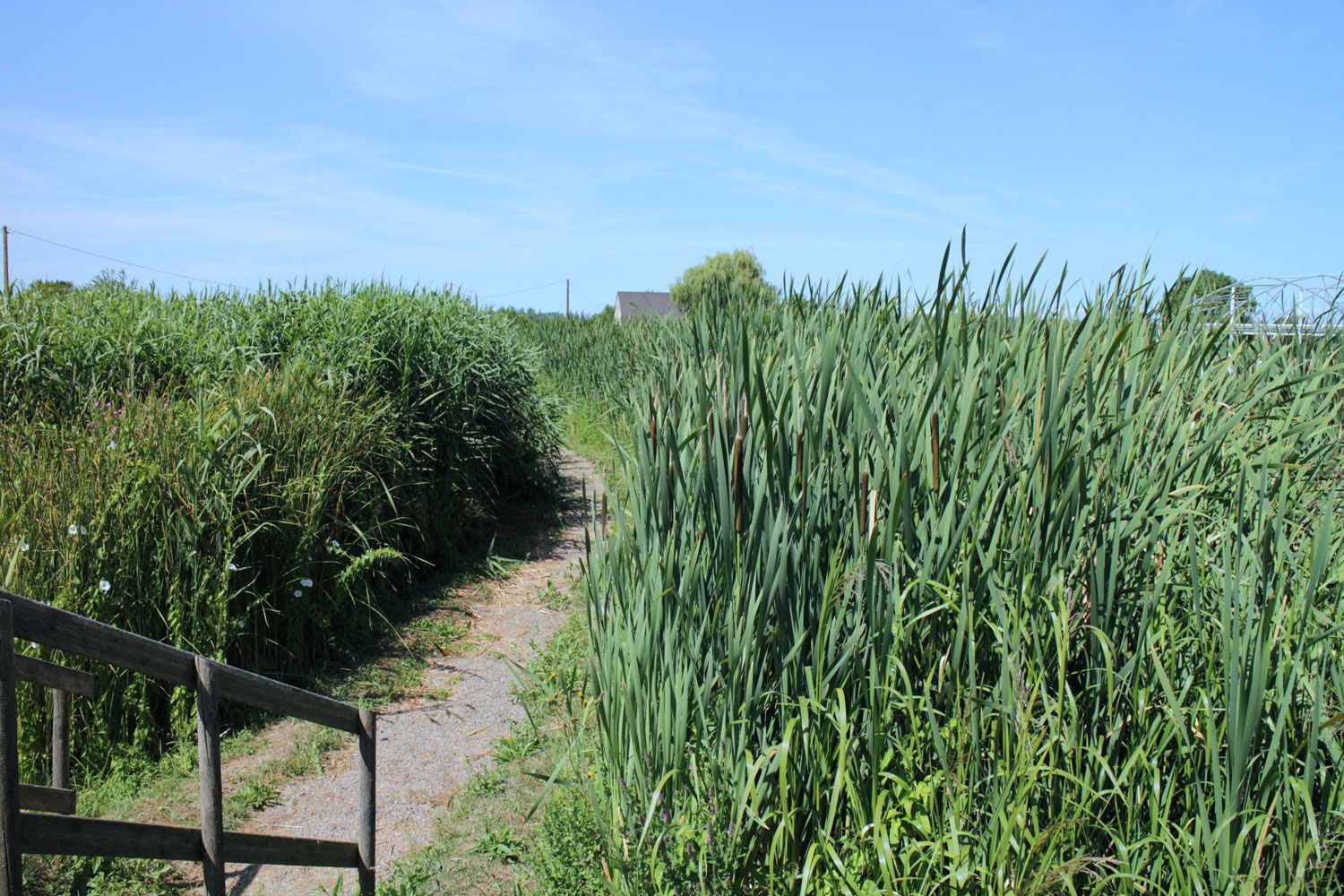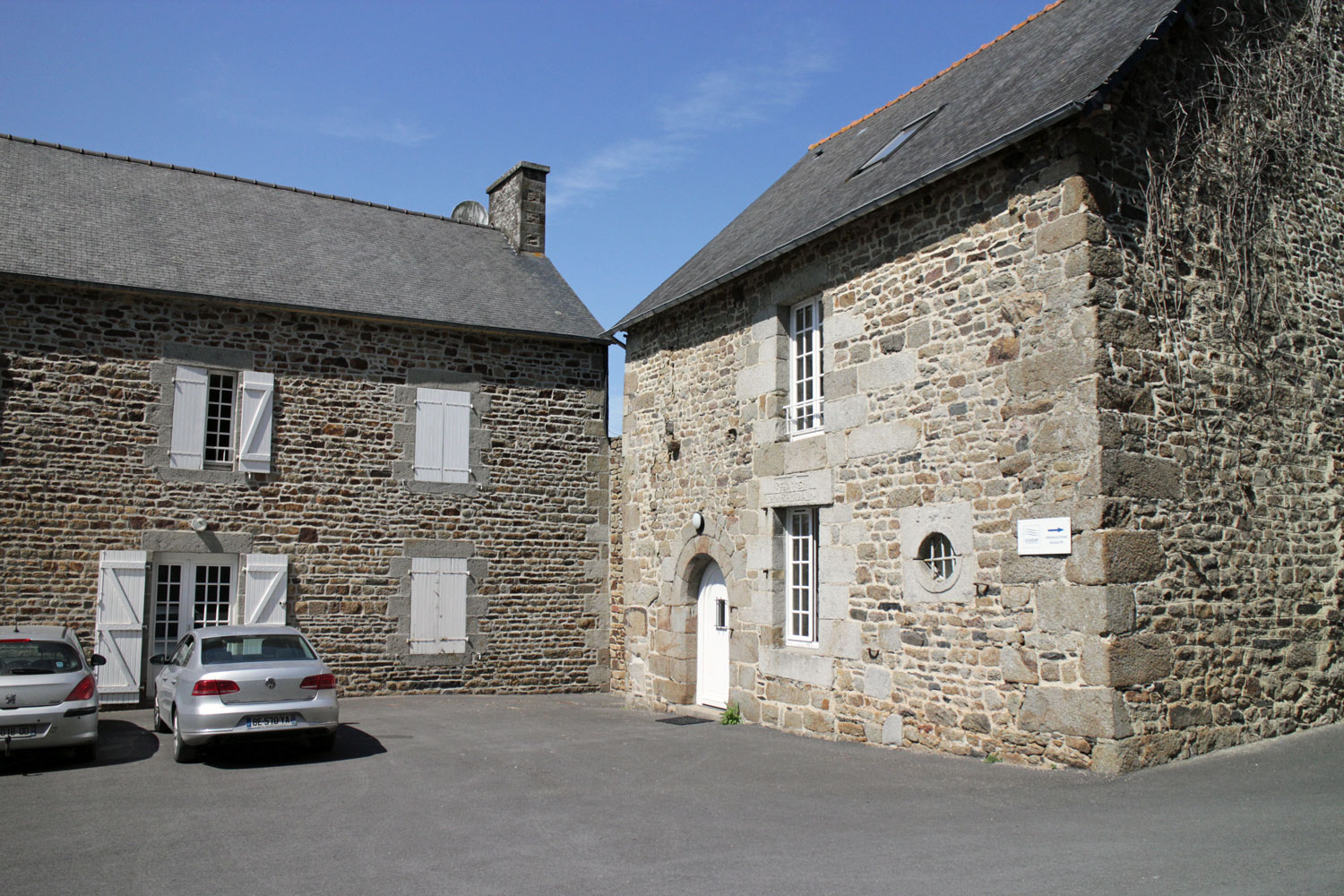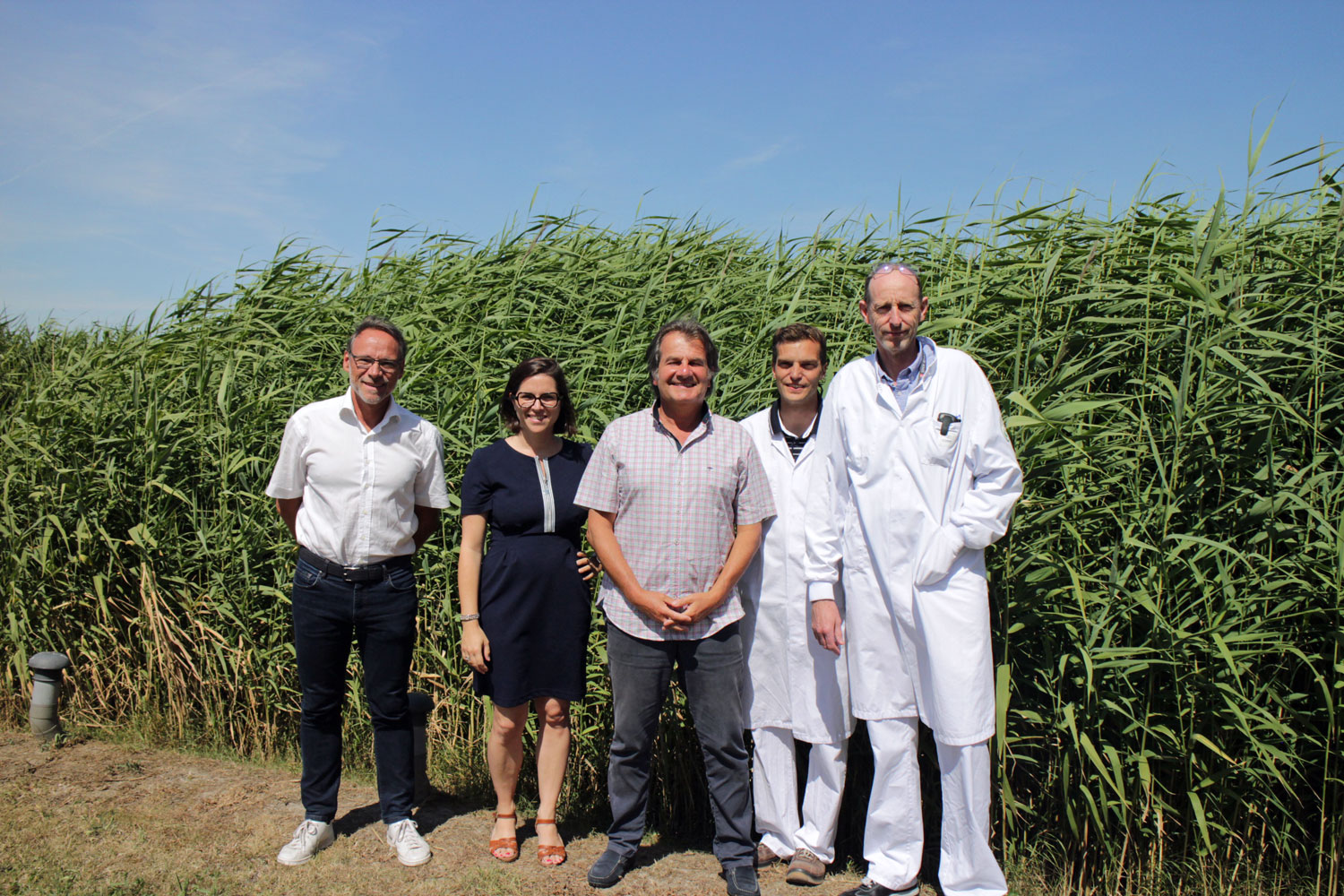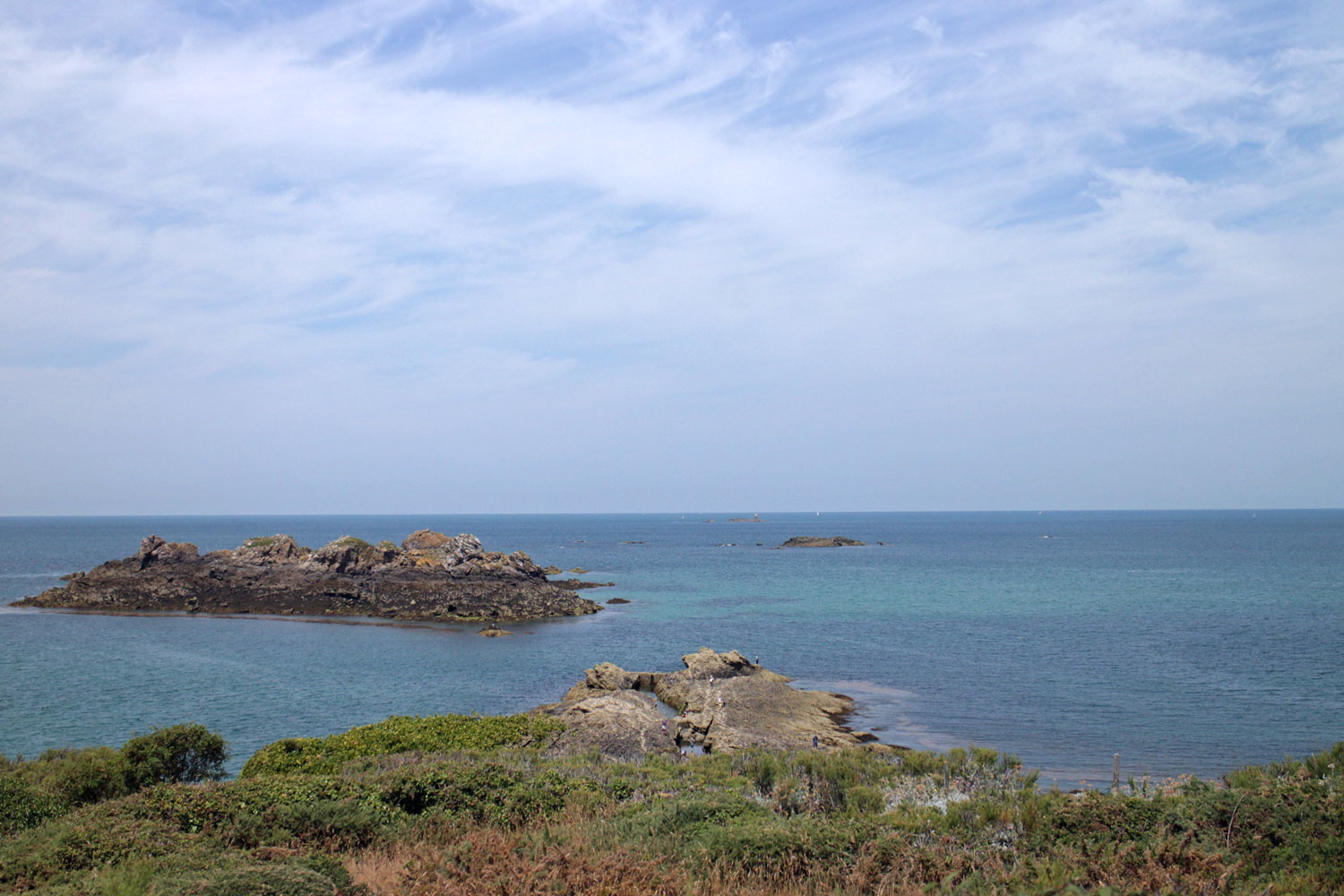This is a translation of my German blogpost Hinter den Beauty-Kulissen… ProTec Ingredia GmbH Proudly Presents: Am Anfang war das Meer. Enjoy!
In cooperation with ProTec Ingredia // As Birgit Haemel from ProTec Ingredia and I are walking towards the converted old farmhouse we are greeted with a friendly “Bienvenue!”. We are close to the coast line and the famous Mont-Saint-Michel, and this traditionally Breton stone building is the headquarters of marine raw ingredients manufacturer Codif – I already met Codif’s algae farmer Jean-François Arbona during our boat trip in the first chapter of this article series. After this very warm welcome Birgit and I are sitting down with the Codif team to find out more about the company’s history.
Round Table with Codif: The sea and nature
I really like the cosy stone houses built in the traditional Breton style – and who would have thought that this is where Codif’s history began? The company’s converted farm house is located right in the middle of a polder landscape. If you’ve travelled near the coast line in the Netherlands you might be familiar with polders: these are low-lying tracts of land (usually the land has been reclaimed from the sea) which are surrounded by dykes. When these dykes are flooded the polder forms a kind of overflow basin, collecting the water. There are polder landscapes across continental Europe but the Dutch polders are probably the best known polder region. Polder landscapes are fascinating because they form a kind of hybrid of land and sea – and they are also where Codif found its home.
At our round table Codif’s founder and CEO Romuald Vallée, head of Research & Development (R&D) Pierre-Yves Morvan and marketing manager Gabrielle Moro are telling us about the history of their company. So, how did it all begin? Romuald is the first to answer my question – after all, he’s been working with Codif since 1988. Around 40 years ago French marine beauty brand Phytomer expanded its business and needed extra help in the lab. This was how Romuald, a trained chemist, found himself in a small laboratory in this exact same farm house. With a smile he is telling us that his only colleague at that time – a pharmacist – didn’t believe that he would stay with the company for long. As it turned out this prediction was completely off the mark: today Romuald is the scientific director and co-CEO of raw ingredients manufacturer Codif Technologie naturelle, one of the best-known international manufacturers of marine ingredients. The brand Phytomer still exists, by the way, but it was split off from Codif many years ago.
From the start Codif focused its attention on algae and mineral-rich sea water, two ingredients which are frequently used as cosmetic actives in beauty formulations. Romuald developed new techniques to produce marine raw ingredients – like freeze-drying the algae or extracting them with water, eliminating the need for additional solvents. As a result Codif was able to offer high quality ingredients right from the company’s very beginning.
A team with passion for the sea (and Brittany)
With increasing success came the need for new team members, especially R&D specialists. In 1997 biologist Pierre-Yves Morvan joined the company; he had previously worked in a lab in Rennes. Pierre-Yves developed the area of efficacy testing: specific raw ingredients can be tested for their effects on the skin (testing, for example, whether they can boost collagen production) while the actual ingredient is still under development. Not only does Codif cultivate algae and develop new sustainable technologies for raw ingredients manufacturing but the company has also become an expert in in-vitro testing.
Today Codif has around 60 employees. More than half of the company’s staff work in the area of research & development which further highlights Codif’s scientific standards. In the picture above you can see five of Codif’s key staff: On the far left is Pierre-Yves Moran (R&D), next to him stands Gabrielle Moro (marketing), Romuald Vallée (founder and CEO), then Eric Gasparatto (raw ingredients development) and Loic Pentecouteau (a specialist for skin models; I’ll tell you more about this in a later chapter). Together with two partner companies Codif generates an annual turnover of 20 million Euro.
In the beginning there was the sea and the algae
Sustainability has played an important role for the company ever since it was founded: the plant world of the sea forms a key part of Codif’s DNA. The company considers nature to be a partner, an example and a source of inspiration but it‘s also an eco-system that needs to be thoroughly understood and protected. “The sea is not just Codif’s beginning but it is where all life on earth came from“, Gabrielle says during our meeting.
Life on earth started around three to four billion years ago with single-cell blue algae (the scientific term is “cyano bacteria”). These organisms used sunlight as an energy source for photosynthesis which in turn generated oxygen. The next evolutionary step was the development of more complex algae which are divided into micro algae and macro algae. Even today scientists can only guess at the enormous number of different algae species that exist on our earth. Many of these algae haven’t even been researched yet. Therefore algae really are the source of life itself: the entire evolution of plants, animals and humans – it all began with those single-cell algae organisms.
Algae are also an exciting cosmetic ingredient. Not only do they contain high percentages of minerals, proteins and antioxidants (all of which are important for the human skin) but they also have bio-mimetic properties. The structure of an algae membrane shows interesting parallels to the structure of human skin. This can mean that certain mechanisms of action displayed by algae might be transferred to human skin. Basically, there’s still a bit of algae inside of us humans .
That is also one of the reasons why Codif considers nature to be such an important source of inspiration for the development of new ingredients. Algae are highly stress-resistant and since they’ve been around for billions of years, they have developed some interesting strategies to cope with dryness or UV radiation. Codif’s scientists are researching these mechanisms so they can eventually be used for the benefit of humans.
Soon I will find out more about how Codif generates ideas for new active ingredients – spoiler alert: it all begins with a thorough understanding of how nature works! But first I’m returning to the lab of Mibelle Biochemistry in Switzerland. While I was in Brittany, Mibelle’s scientists have continued to work on moss in an attempt to turn it into an active cosmetic ingredient. Now I want to find out if (and how!) they did it. And speaking of moss and algae: did you know that moss was the first plant that made the evolutionary jump from sea to dry land….?

